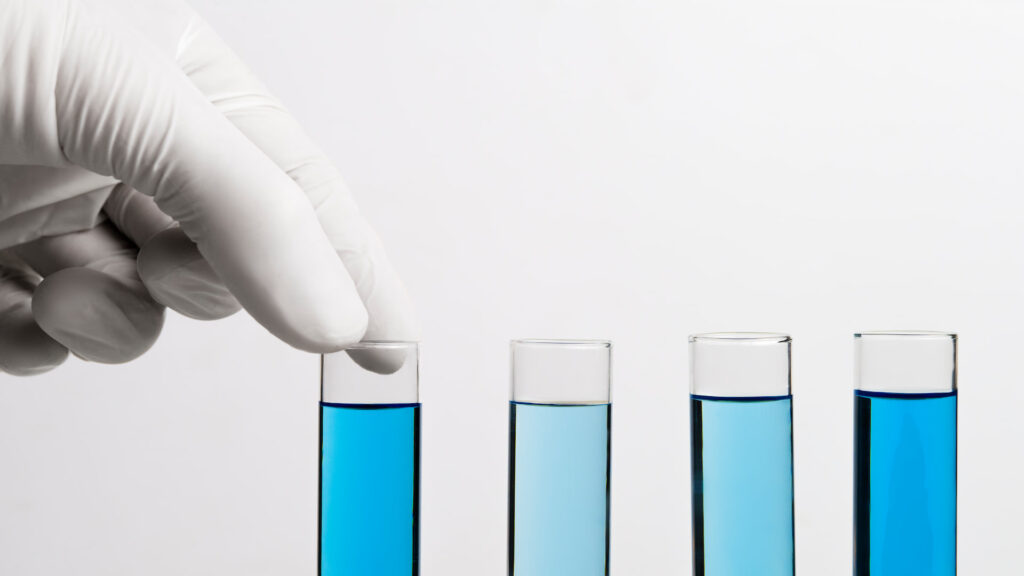New robotic system uses AI to analyse water quality
A robotic system uses AI and decision-making to classify water as drinkable, with applications for Earth and planetary exploration.

A new study in Robot Learning has introduced a robotic system that combines machine learning with decision-making to analyse water samples. The approach enables robots to detect, classify, and distinguish drinking water on Earth and potentially other planets.
Researchers used a hybrid method that merged the TOPSIS decision-making technique with a Random Forest Classifier trained on the Water Quality and Potability Dataset from Kaggle. By applying data balancing techniques, classification accuracy rose from 69% to 73%.
The robotic prototype includes thrusters, motors, solar power, sensors, and a robotic arm for sample collection. Water samples are tested in real time, with the onboard model classifying them as drinkable.
The system has the potential for rapid crisis response, sustainable water management, and planetary exploration, although challenges remain regarding sensor accuracy, data noise, and scalability. Researchers emphasise that further testing is necessary before real-world deployment.
Would you like to learn more about AI, tech and digital diplomacy? If so, ask our Diplo chatbot!
